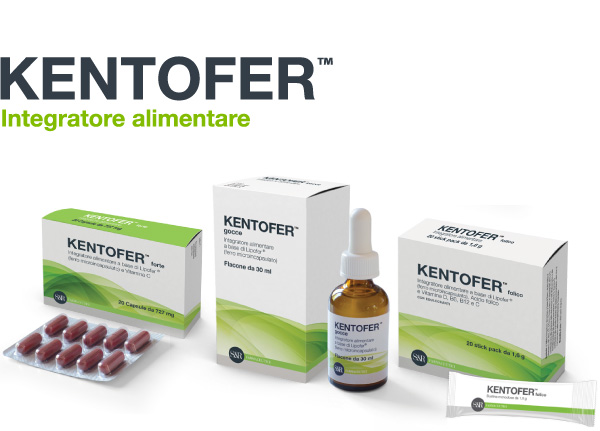NL|05 – 8 February 2016

Tiredness, exhaustion, difficulty in concentrating may be the result of iron deficiency…
An iron deficiency with or without anaemia has a considerable impact on health and is associated with a low quality of life. One of the major and most common symptoms of iron deficiency is extreme tiredness and exhaustion, a predisposition to stress and a loss of performance. This in turn has a negative impact on productivity and work capacity. Low iron levels reduce energy metabolism in general which translates into insufficient red globule production and therefore insufficient oxygenation of all parts of the body.
Therefore iron deficiency reduces brain function, negatively impacts on memory, concentration and learning. However, as mentioned here above, the effects of this deficiency extend way beyond the brain. In the long term it causes a lower pain threshold, alters the body temperature regulation mechanism, increases hair loss and reduces immune system efficiency, resulting in greater vulnerability to infections. Adolescents, pregnant women, the elderly and vegetarians are especially vulnerable and should be closely monitored.

A lack of this precious mineral is very common in overweight adolescents for example, not because they fail to satisfy their desire to “eat”, but because they eat high calorie “junk food” with a low content of nourishing substances.
If levels are low in pregnant women (sometimes due to a lack of nutritional monitoring), demand for additional iron due to the rapid growth of the baby in the last six months of pregnancy may result in deficiency with the potential to slow the baby’s brain growth. Lastly, deficiency in elderly people is often caused by a poor diet and a reduced capacity for iron absorption in the digestive tract.
Therefore, whatever the age and gender, it is evident that there are many reasons to pay special attention to daily iron intake. Unfortunately the development of iron deficiency anaemia is very slow, enabling the body to gradually adapt to reduced haemoglobin levels in the blood stream. Therefore, in most cases the clinical picture is nuanced and the condition is difficult to identify. Only blood chemistry analysis can diagnose anaemia and its causes.
Managing iron deficiency and anaemia involves providing sufficient quantities of iron to normalise and maintain target haemoglobin levels, stimulating correct erythropoiesis and replenishing iron stores in the body. Initially therapy should correct the triggering cause of anaemia, if possible (for example, diet, suitable treatment of underlying pathology), before addressing iron deficiency with specific supplements.
Treatment with iron supplements, if well-devised, can correct anaemia in a short time, but often comes with bothersome side effects, like burning stomach, abdominal cramps and diarrhoea.
Selecting the right kind of iron is essential for avoiding such problems.
Kentofer leverages original Lipofer® liposomal technology (micronized iron pyrophosphate and microincapsulated liposomes) which makes iron highly bioavailable, extremely well-tolerated and rapidly absorbable.
Kentofer iron is directly absorbed by the intestine, does not present the unpleasant metal taste and is free from typical side effects of other iron supplements.
Clinical studies have proven the effectiveness of Kentofer in people and its superiority compared to other forms of iron.
Kentofer is recommended for all conditions requiring the replenishment of blood iron and haemoglobin levels, from light or moderate martial deficiency to iron-deficiency anaemia, and is available in three different pharmaceutical forms, offering the possibility to select the most suitable option according to the requirements of each patient (from infants to the elderly)
